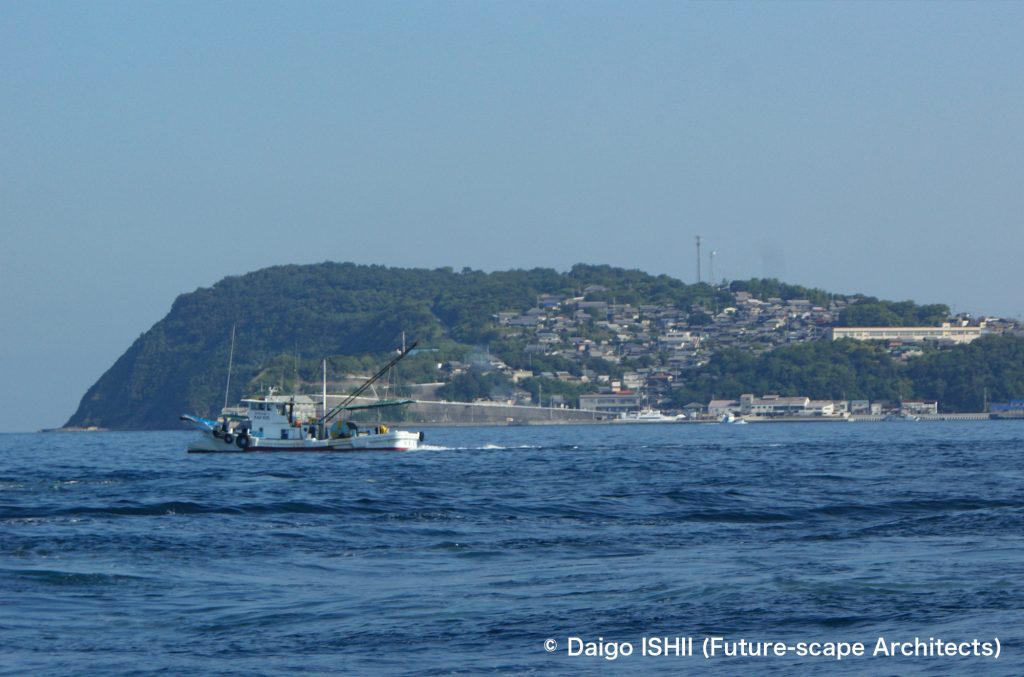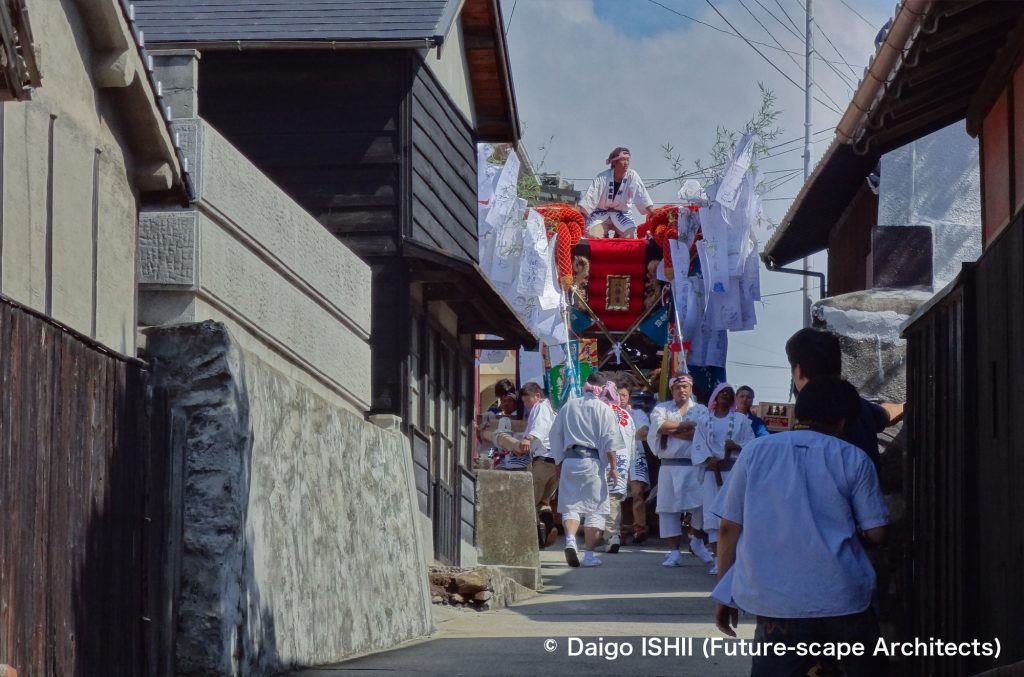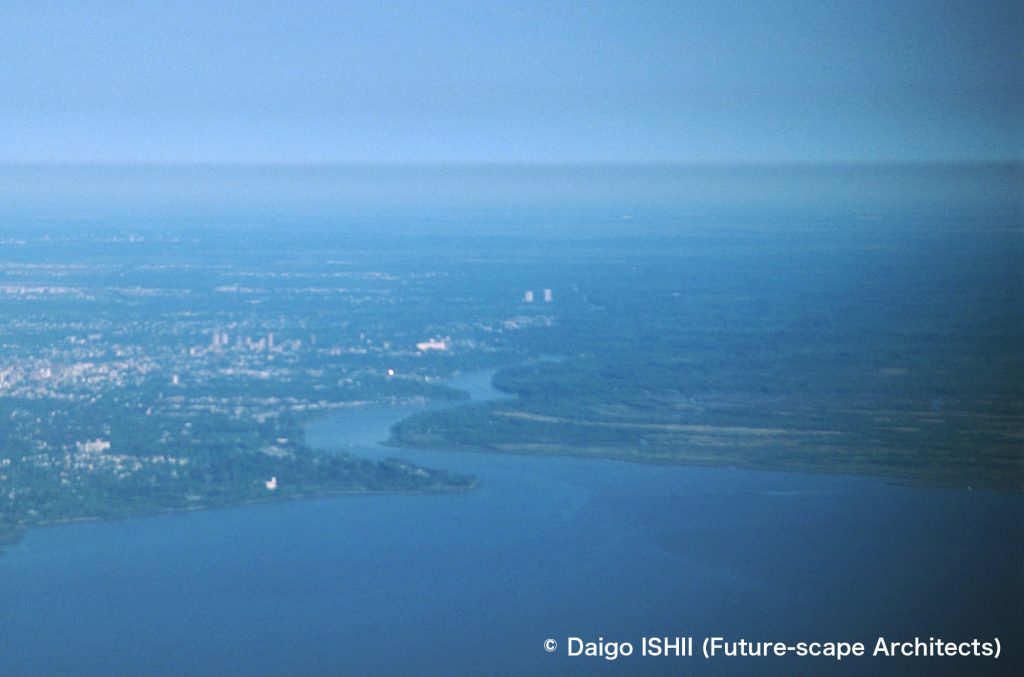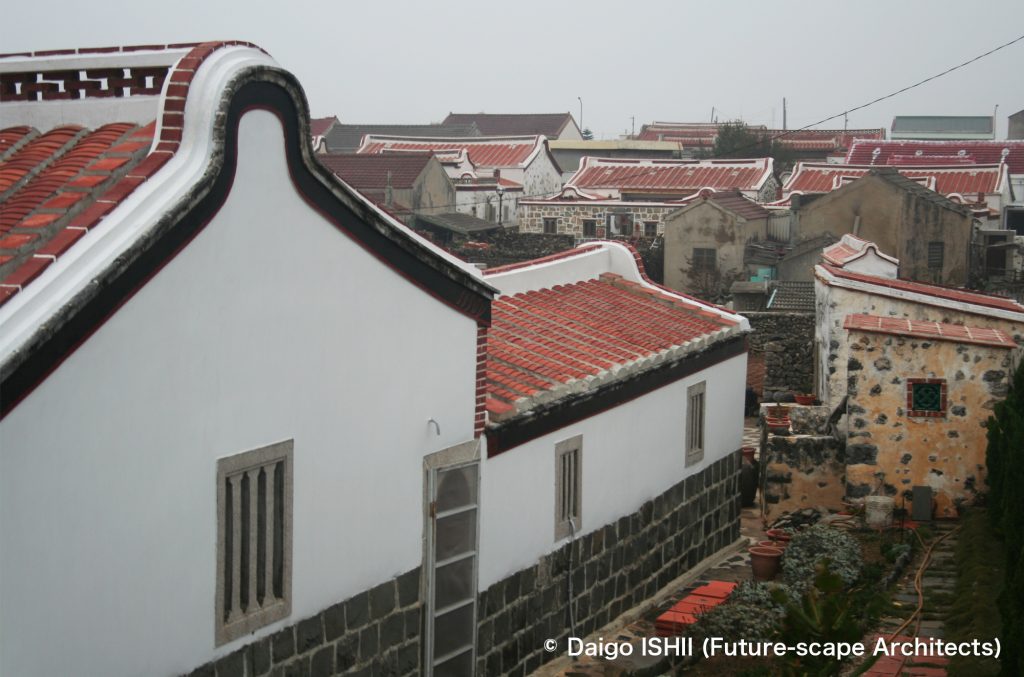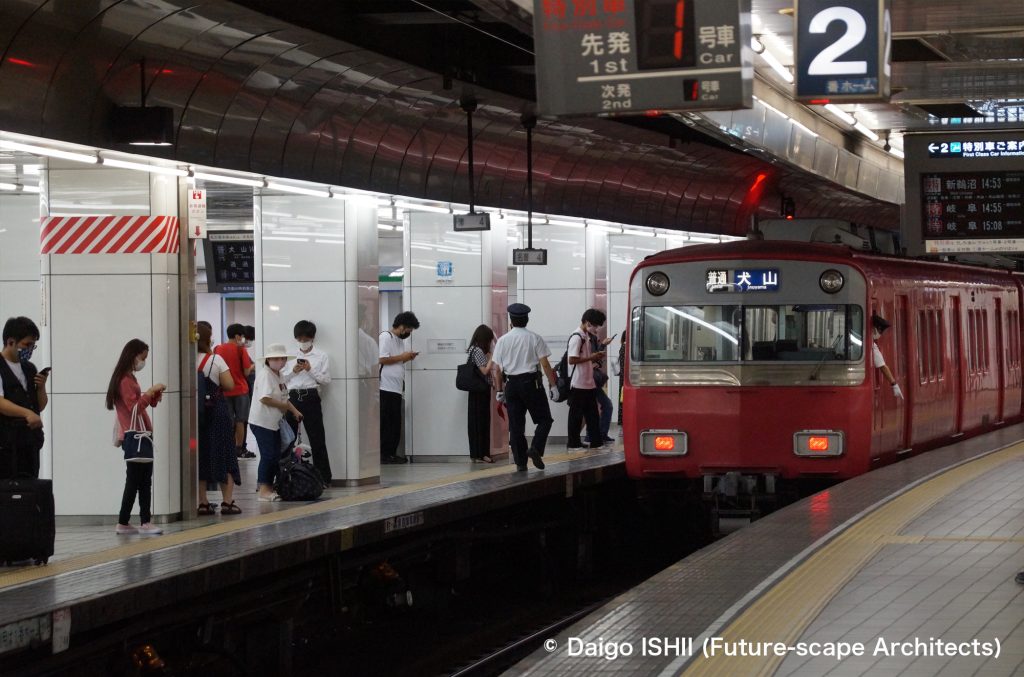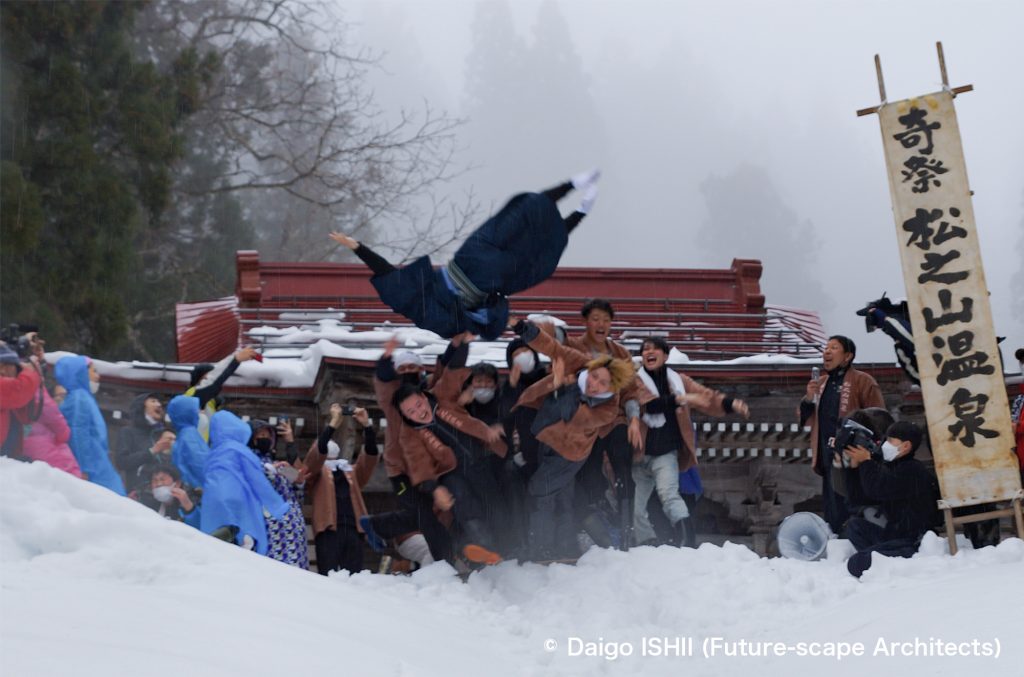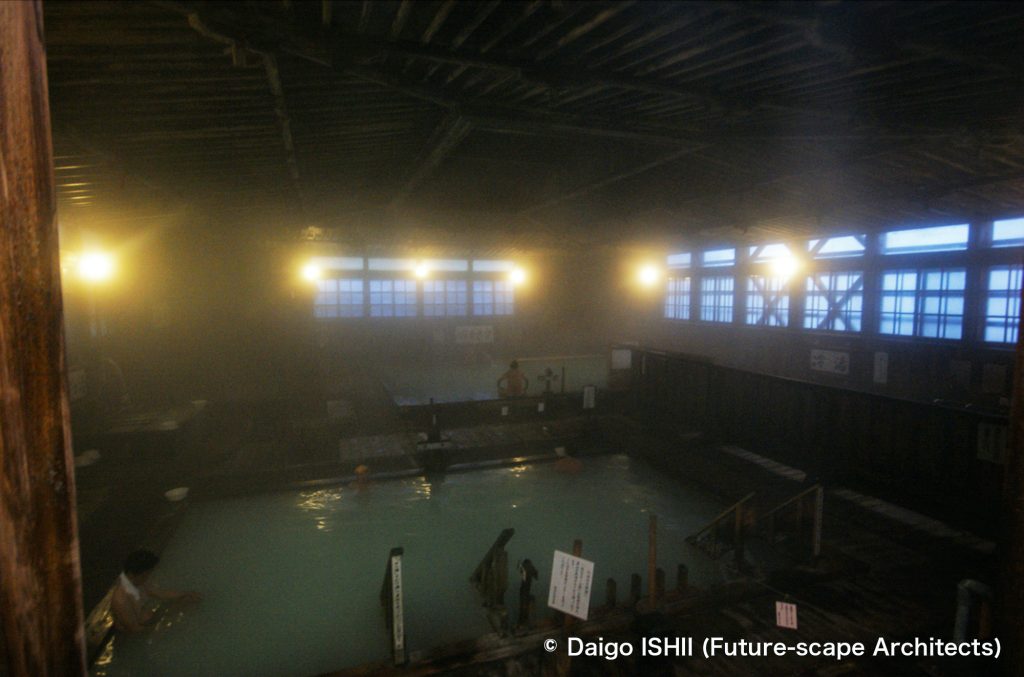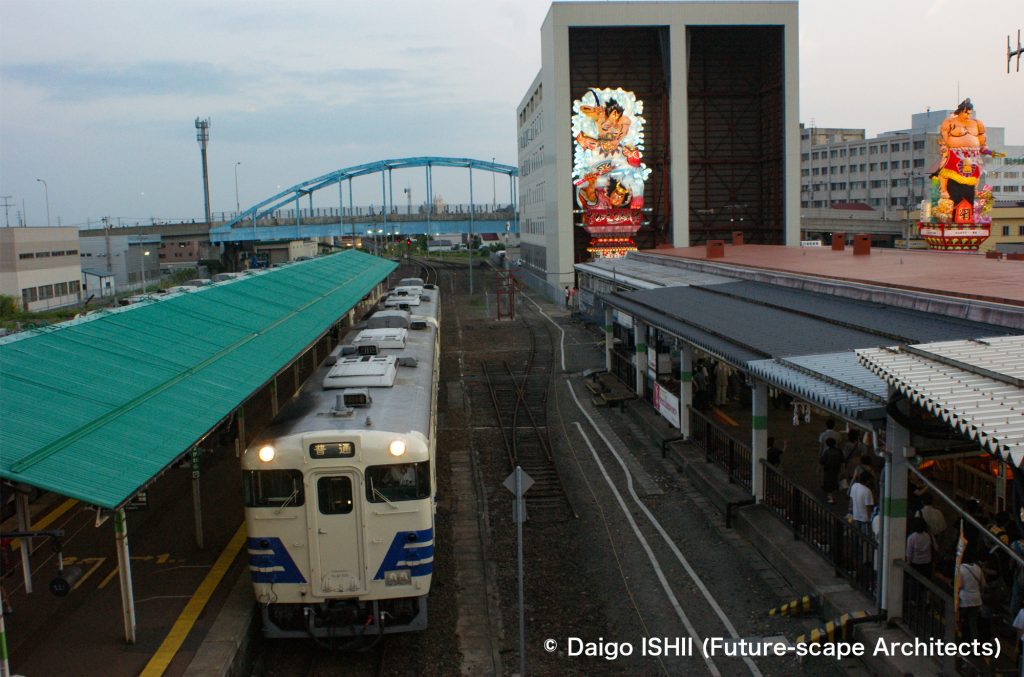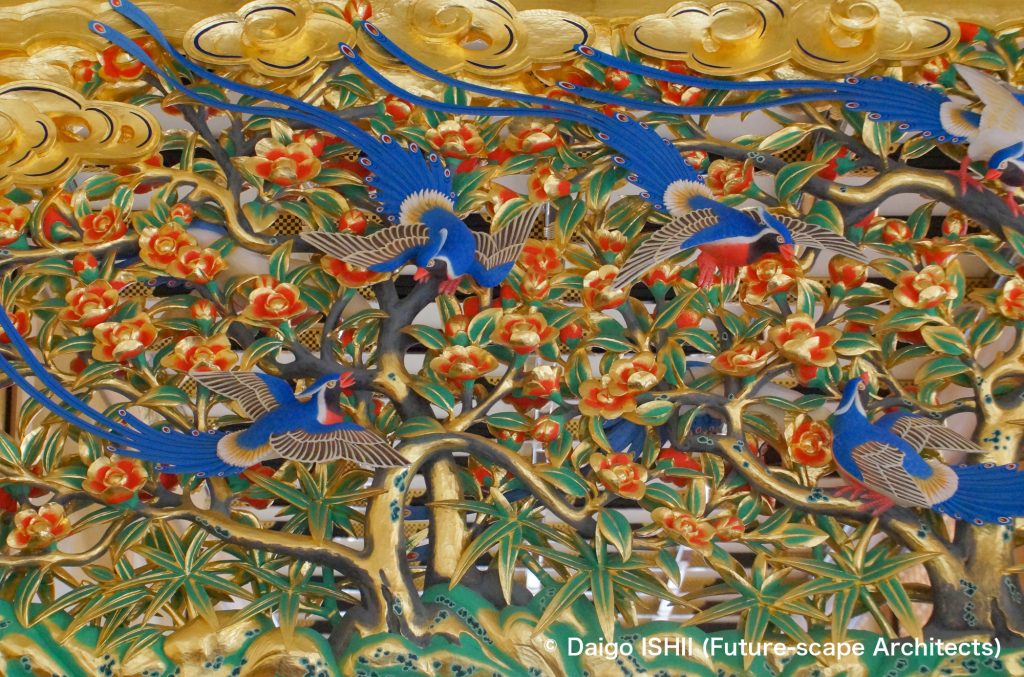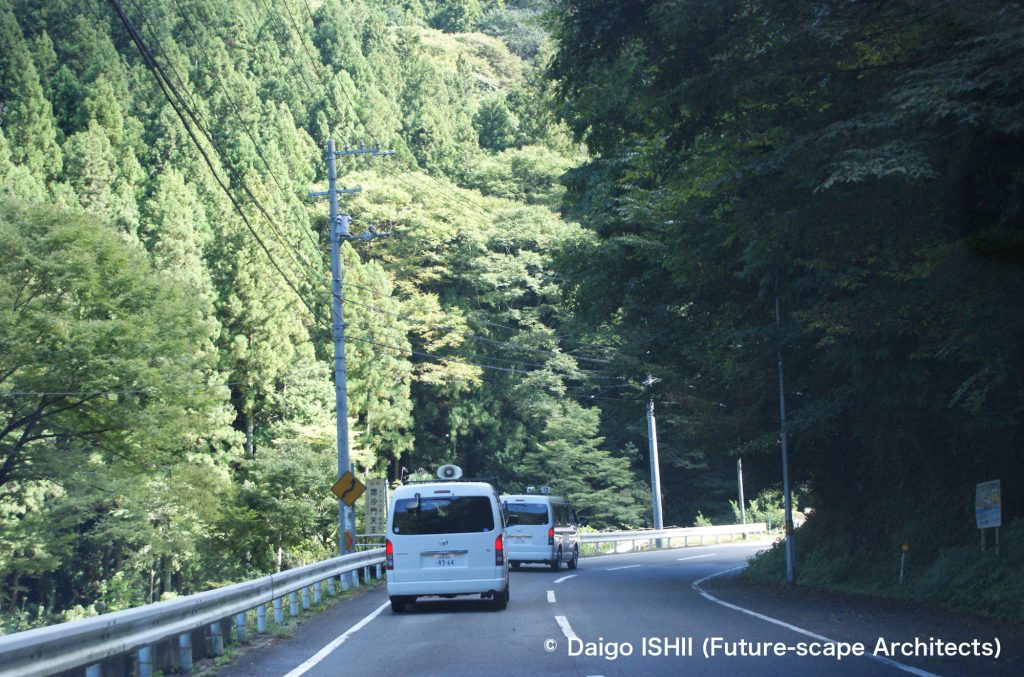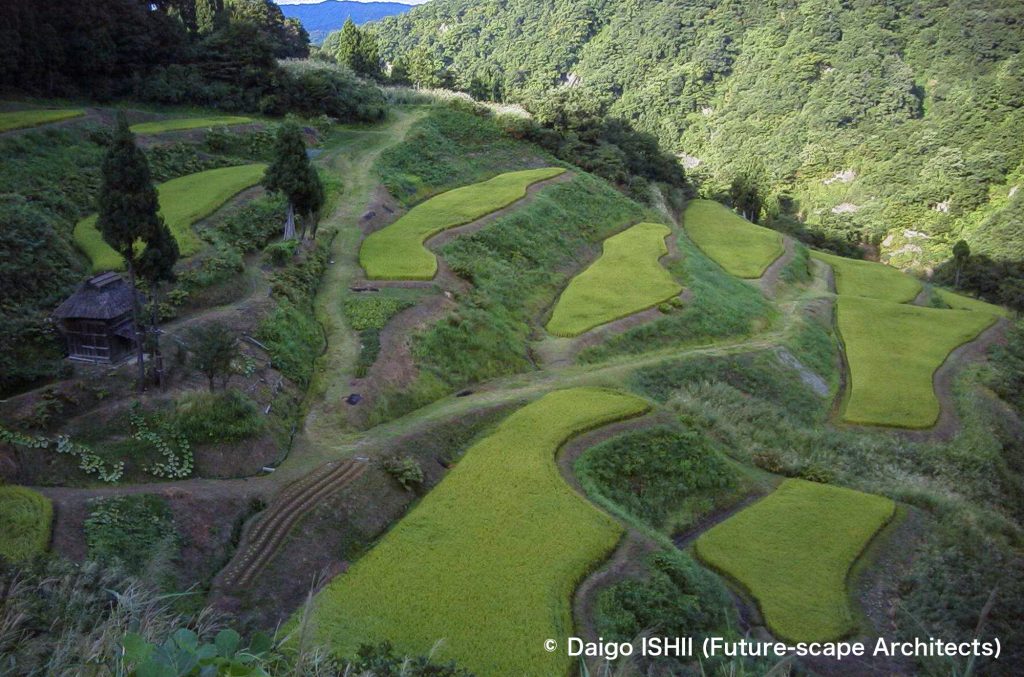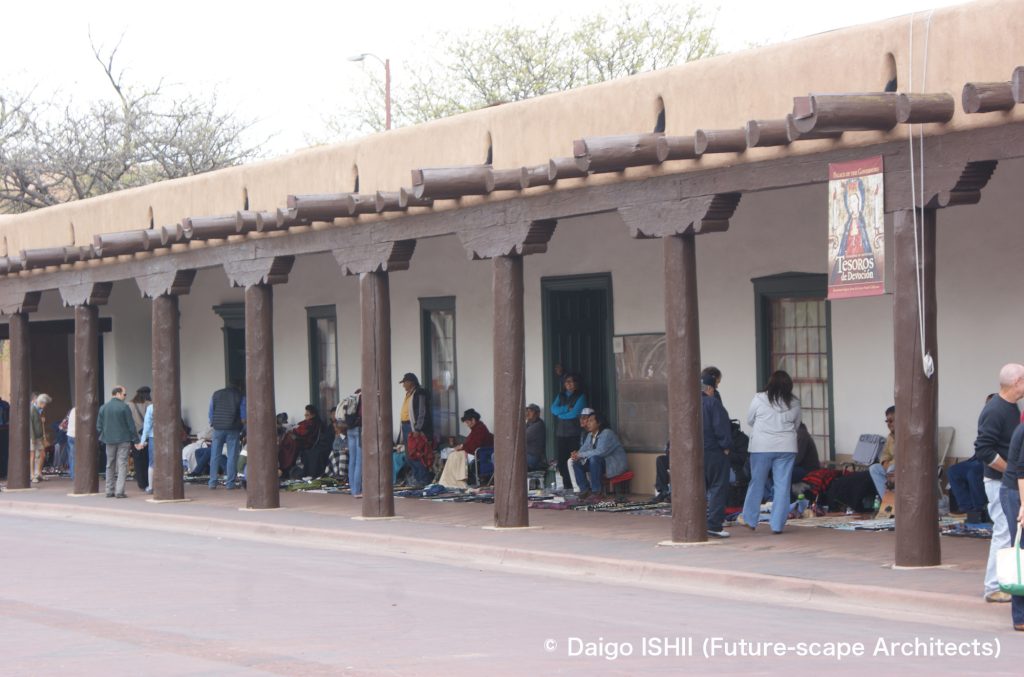More than 4,000 people had lived on Ibukijima island according to a blessing from the fishing industry. However, the island had a problem living on. It was the lack of drinking water.
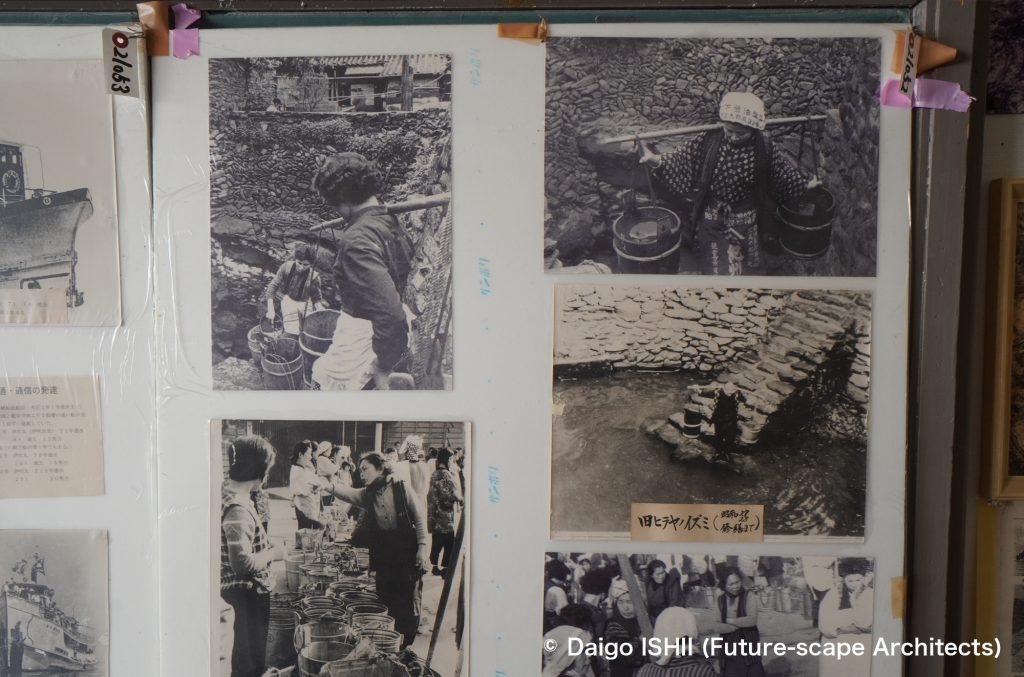
https://goo.gl/maps/cRoEG37BwLFQgx596
The island consists of pyroxene bedrock. So even during the Great Hanshin-Awaji Earthquake, it hardly shook, while the mainland on the opposite bank suffered damage. However, because of the bedrock, the rain did not percolate and immediately flowed into the sea, making it impossible to obtain natural water. Although it was an island without water, islanders chose to live here because of the proximity to rich fishing grounds.
In order to solve this problem, the island created "rainwater wells" that collect rainwater by drilling through rocks. They used it for everything from drinking water to daily life water.
Each family collected rainwater from their roofs with gutters and stored it in a small private rainwater well, while the island also built large masonry rainwater wells for communal use. However, it was not groundwater but rainwater that had been stored. An old newspaper wrote that carp was released into the well to prevent mosquito larvae, and the islanders filtered with gauze to use as drinking water.
The Hirai Well, which was located in the center of the village, is now covered with concrete. In old photos, it was a stone well with stairs, and they went down to the depth where the water remained to draw water. During a dry season when water ran out, they added the water transported by boat to the well.
In 1973, the island, which had been decoupled from the water supply infrastructure, was freed from its dependence on rainwater since a water supply boat began commuting from the mainland twice a day. However, it didn't supply all the necessary water. They had to wait until 1984, when submarine water pumping began its operation, and the trouble with water completely disappeared.
Even in Japan, which is (believed to be) blessed with water, some people were left out of the myth of water until a short time ago. Surprisingly, when I recently talked with an islander, she said that she still lived on rainwater.
Spring of Tsukuda
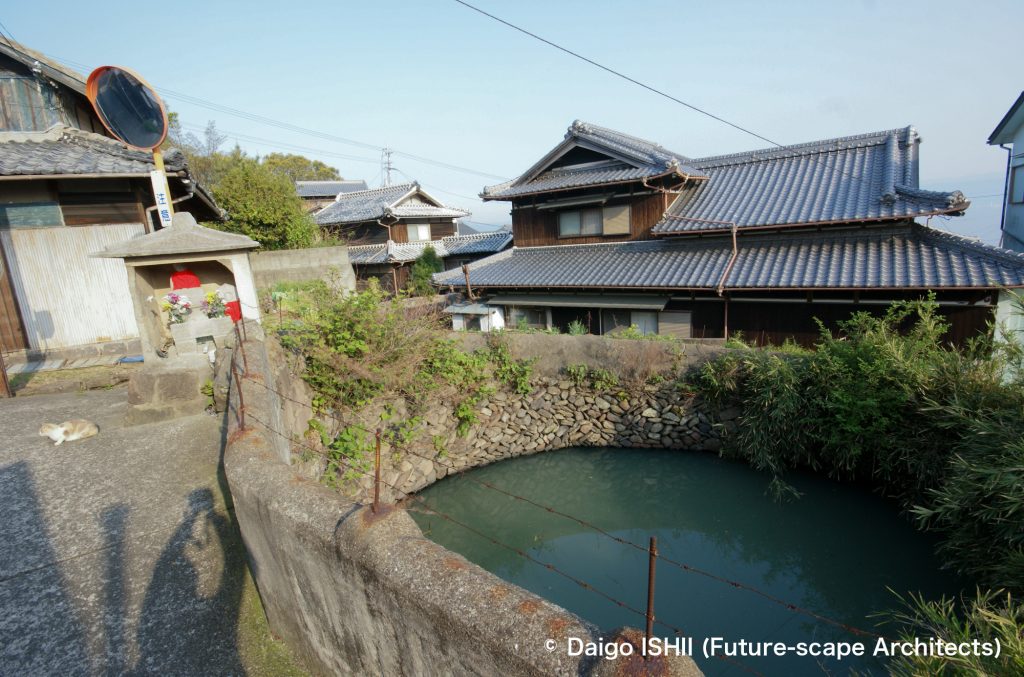
https://goo.gl/maps/EmV2S4WDomD67Q2Z6
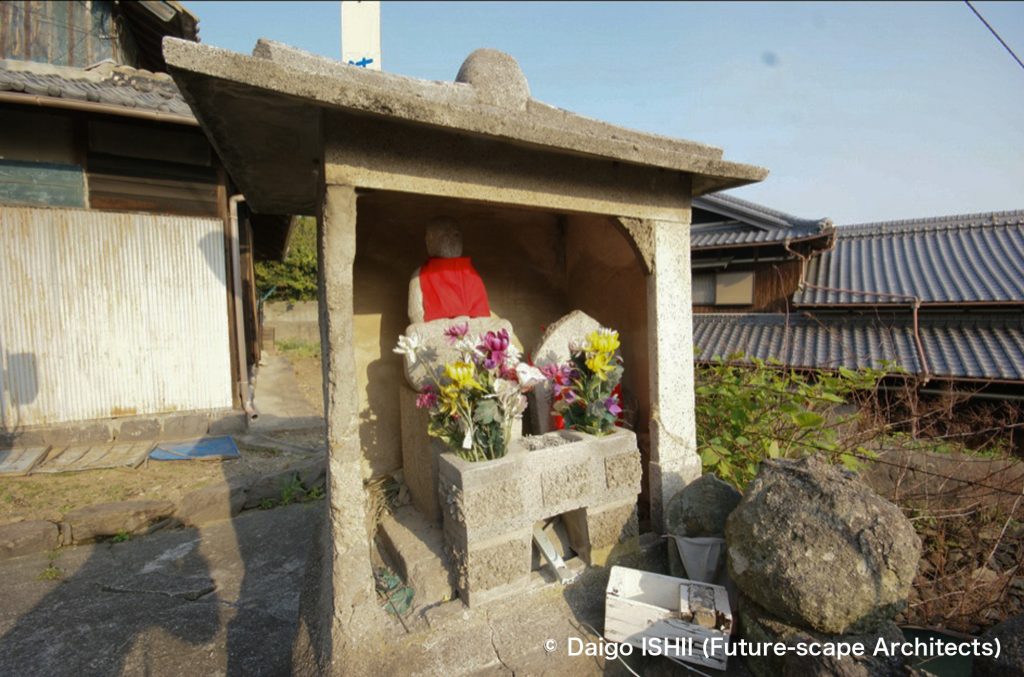
https://goo.gl/maps/EmV2S4WDomD67Q2Z6
Spring of Zenne
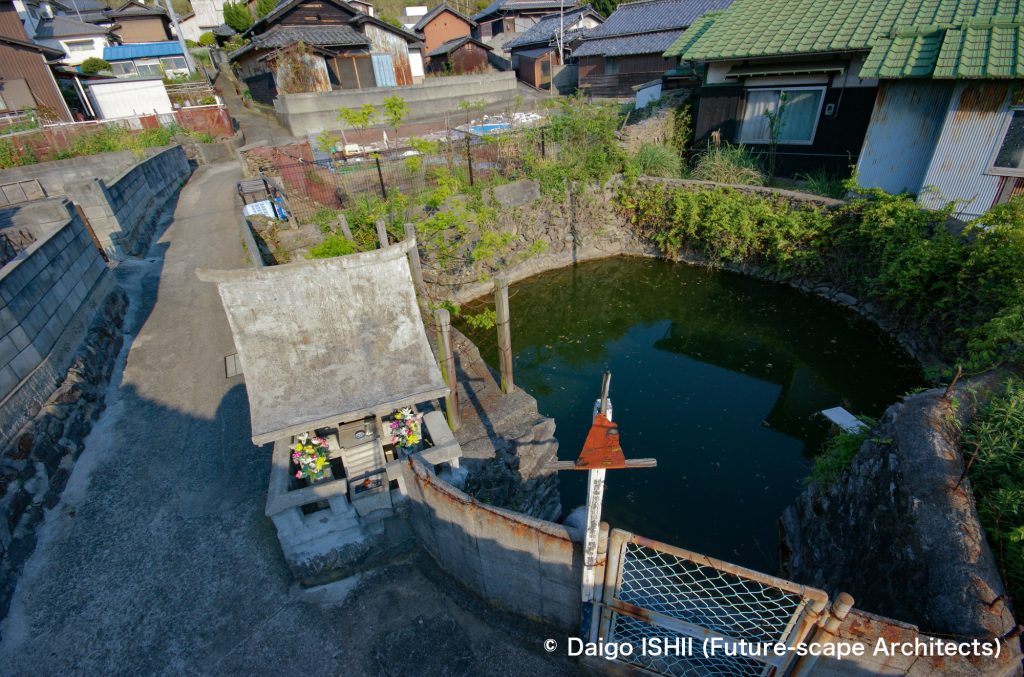
https://goo.gl/maps/Zn4baoiSJr8XNSMu6
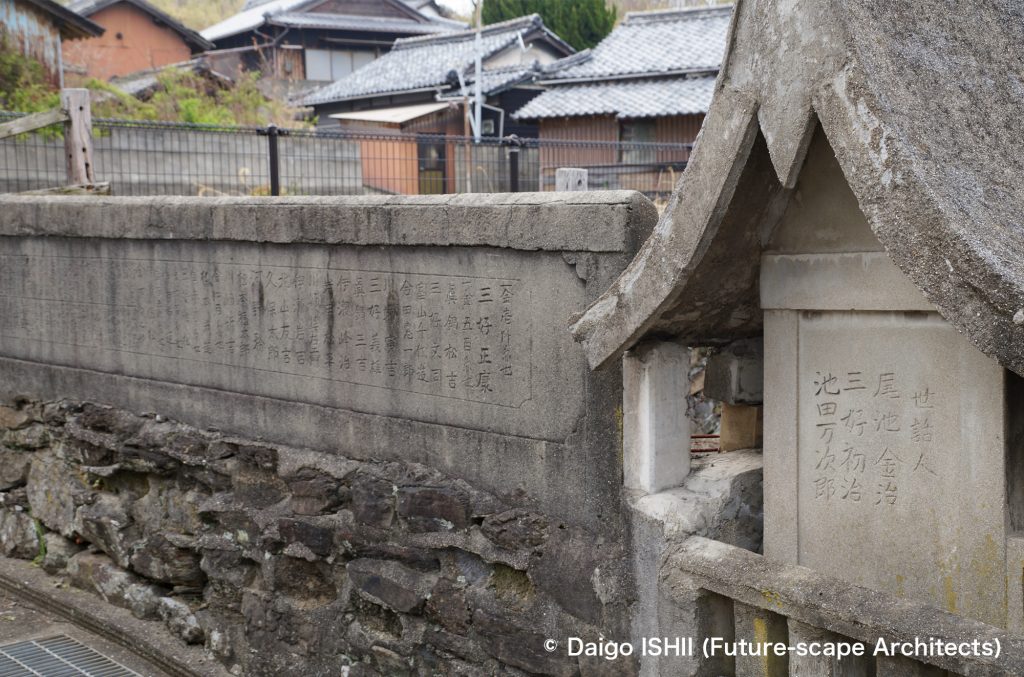
https://goo.gl/maps/Zn4baoiSJr8XNSMu6
Hirai Well
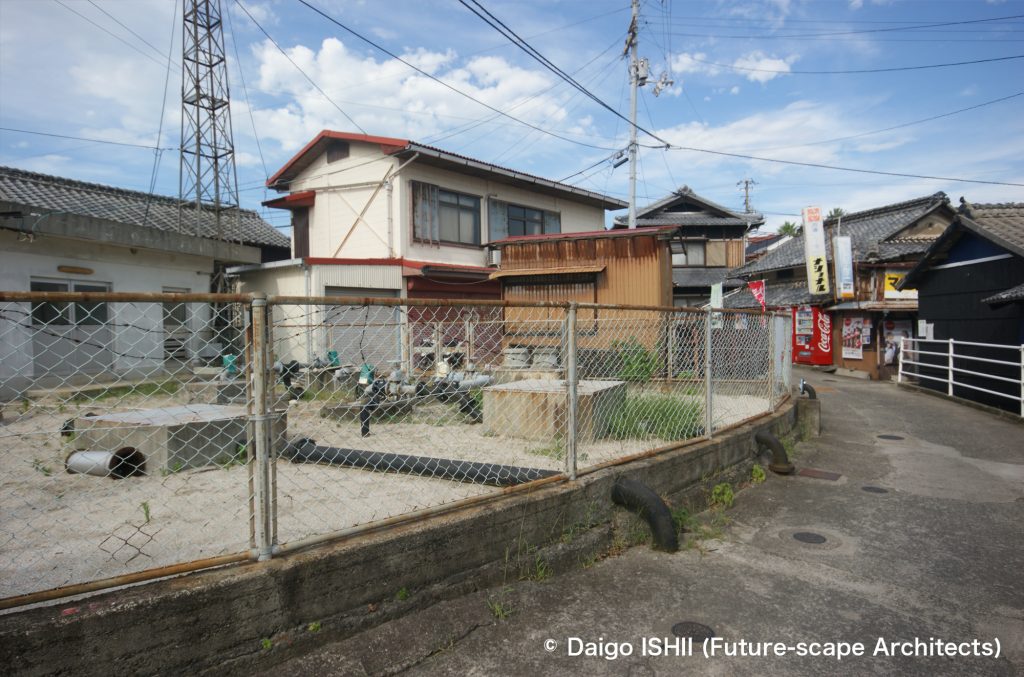
https://goo.gl/maps/cHYS2wZq3qUr8khSA
Various rainwater wells
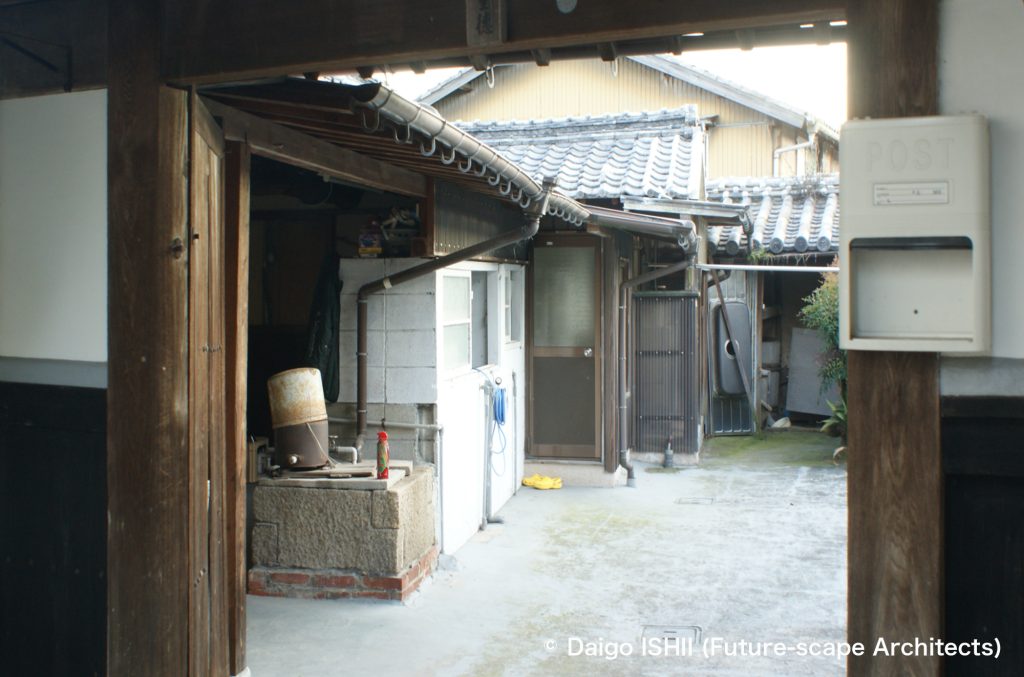
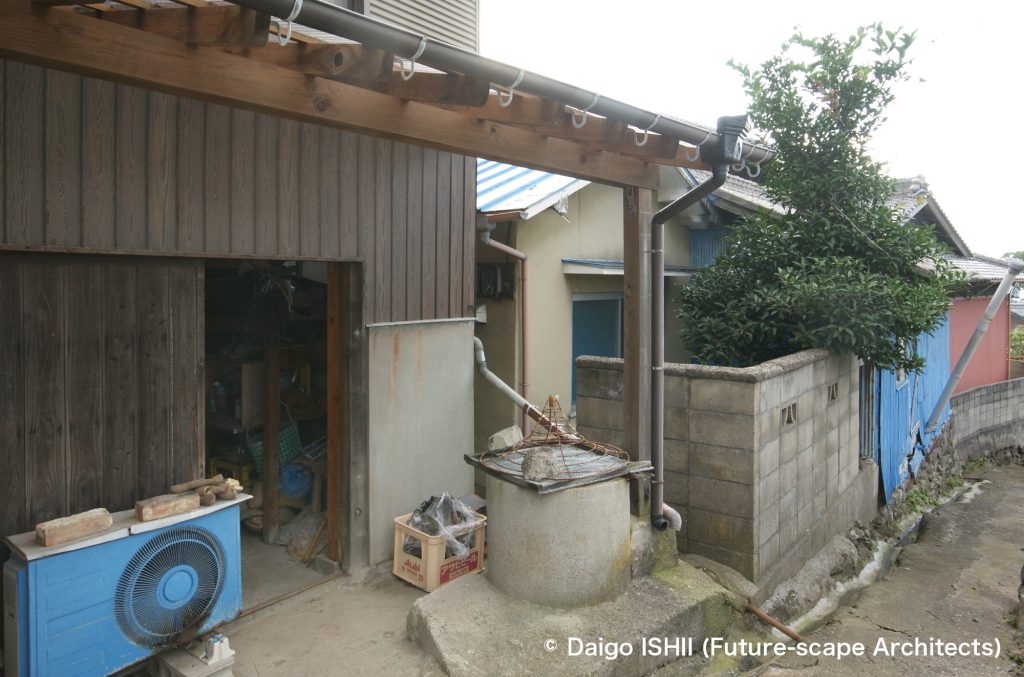
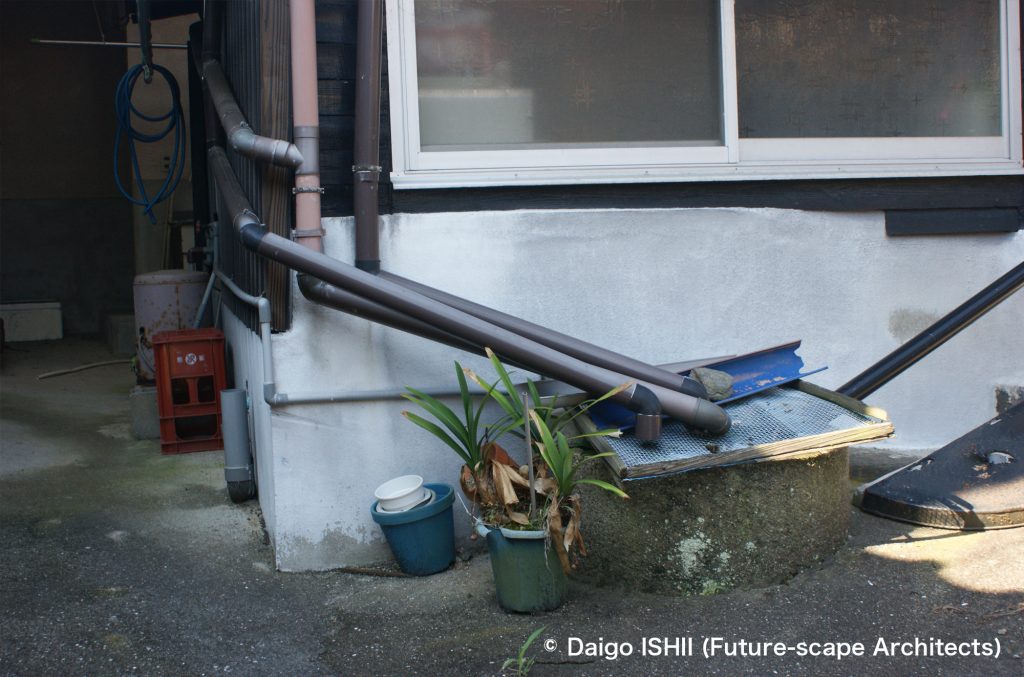
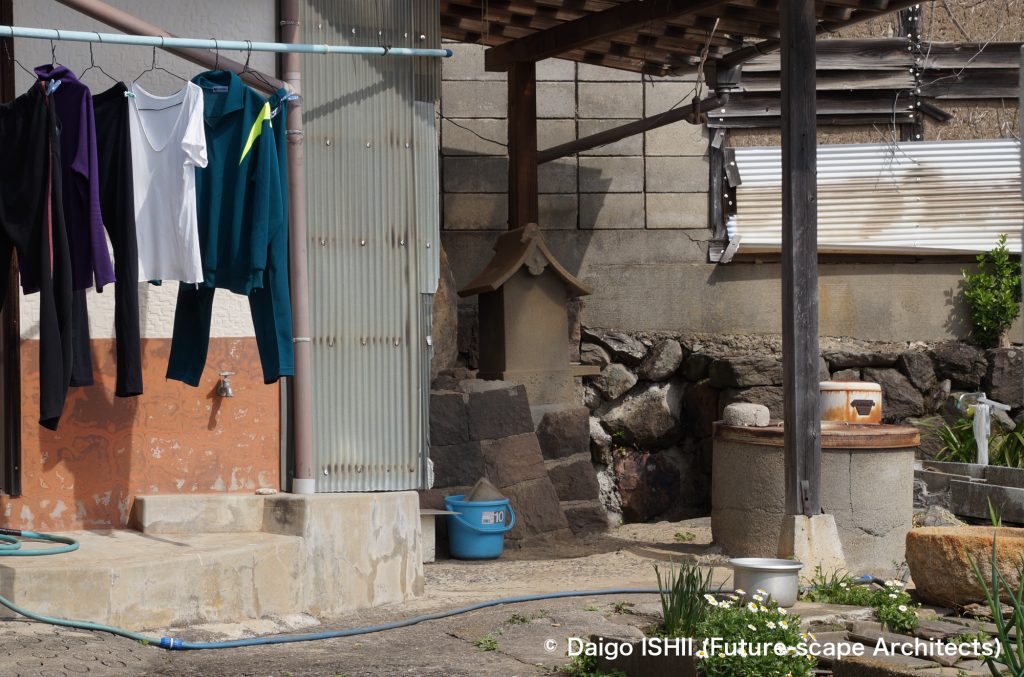
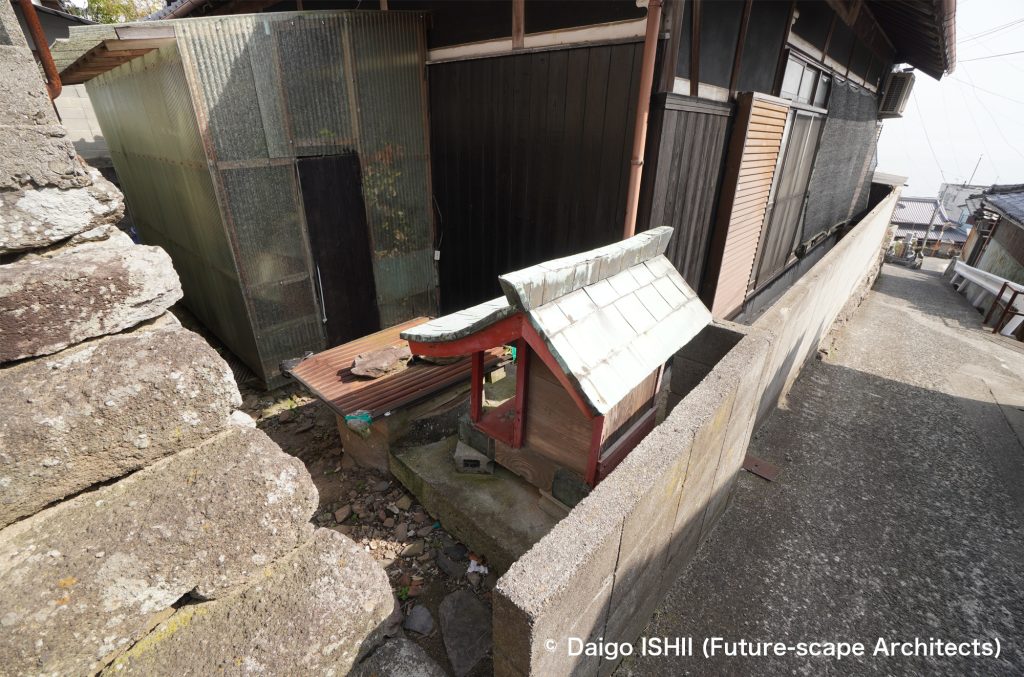
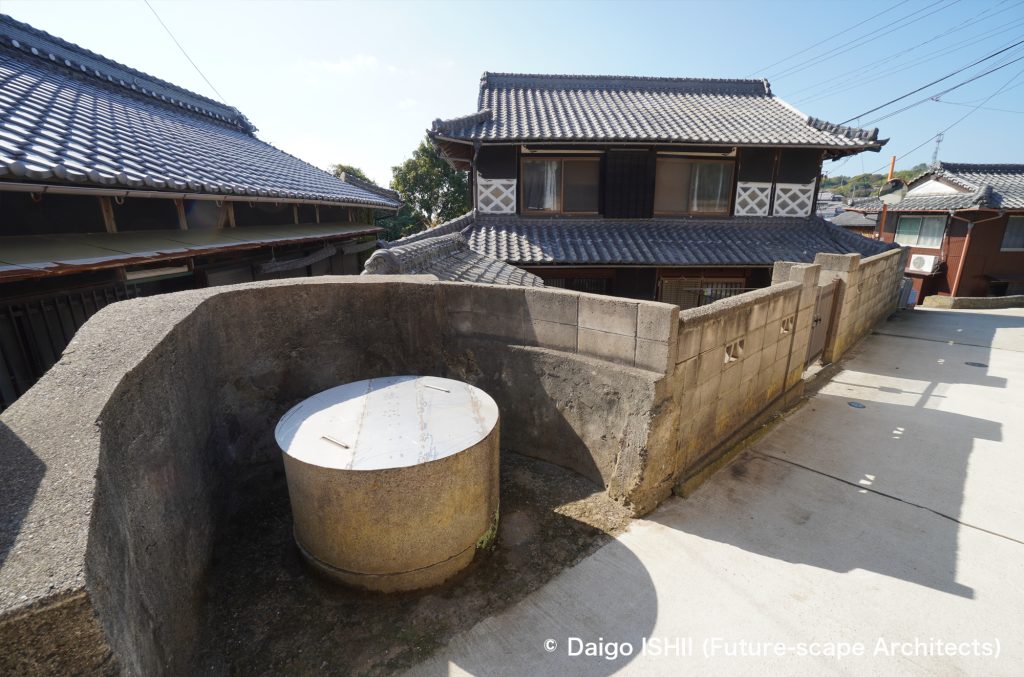
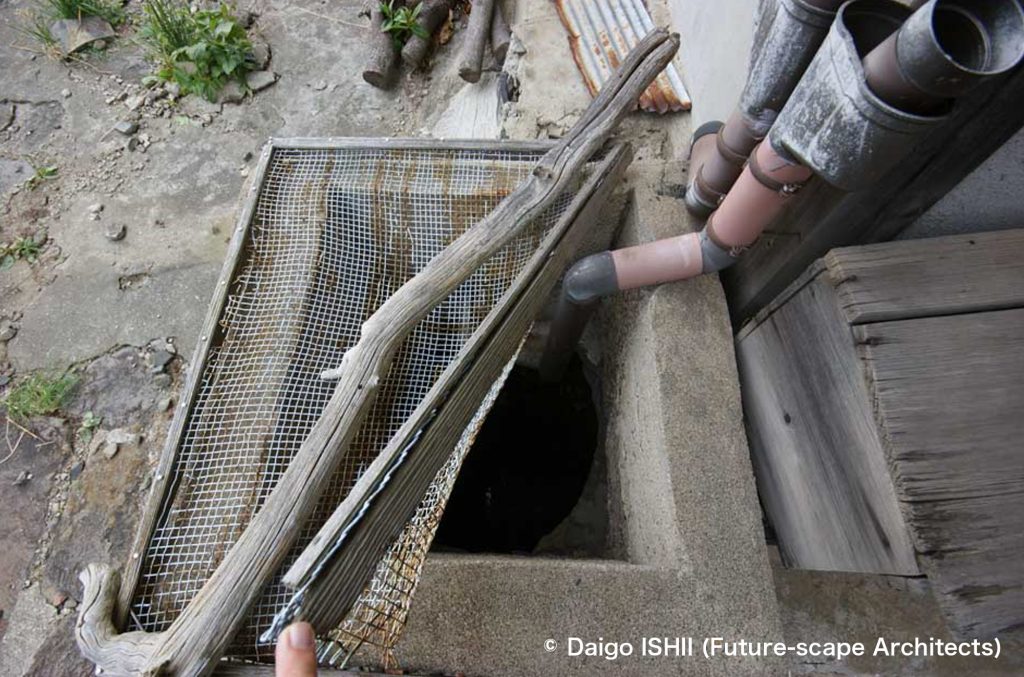
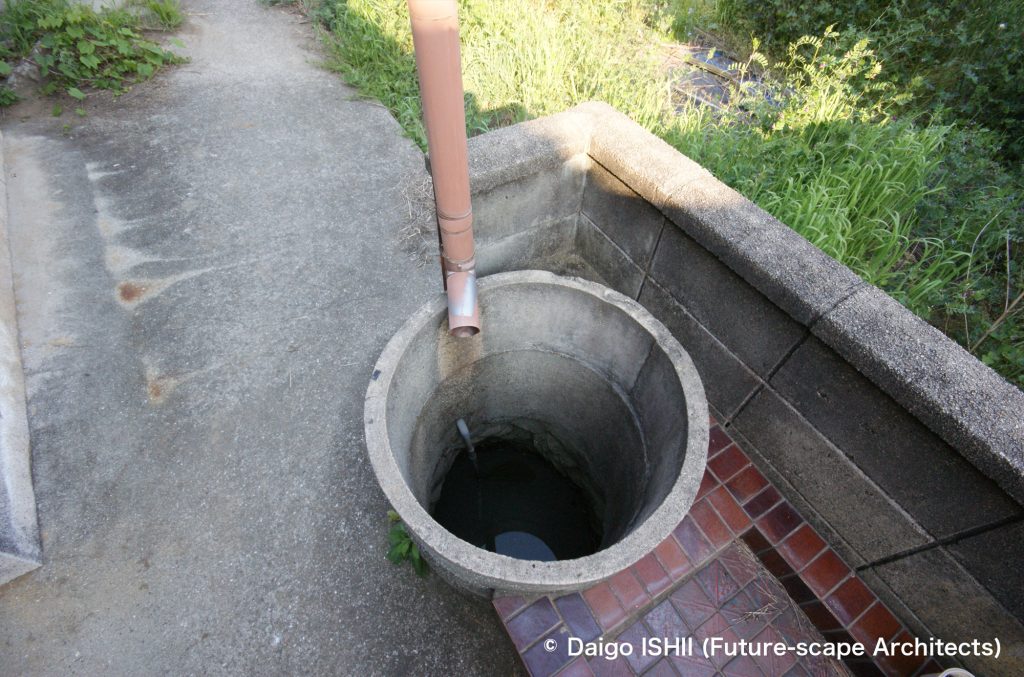
newly-built relay tank for tap water
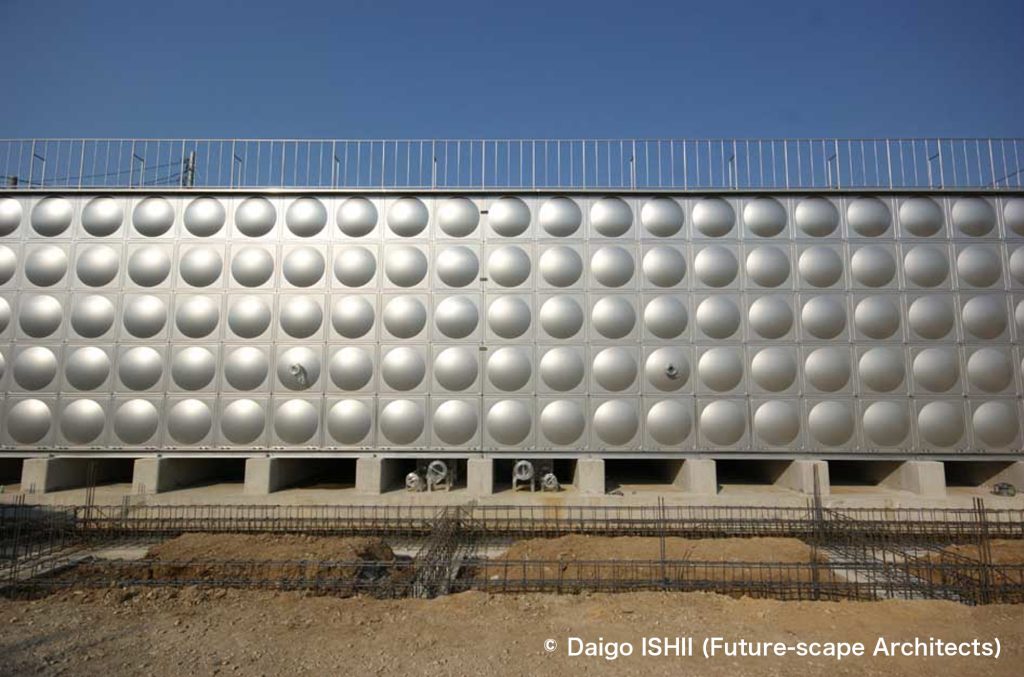
https://goo.gl/maps/bMGNT3SmocHfUvWm7
House of Toilet
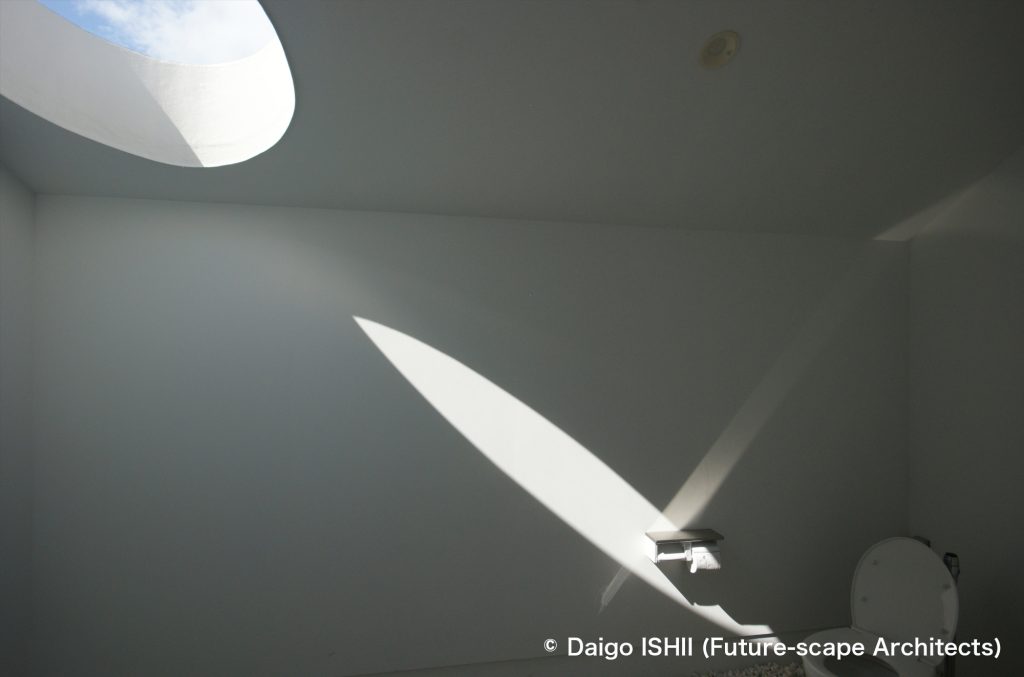
https://goo.gl/maps/KSdyokfCBsH7YY6q8
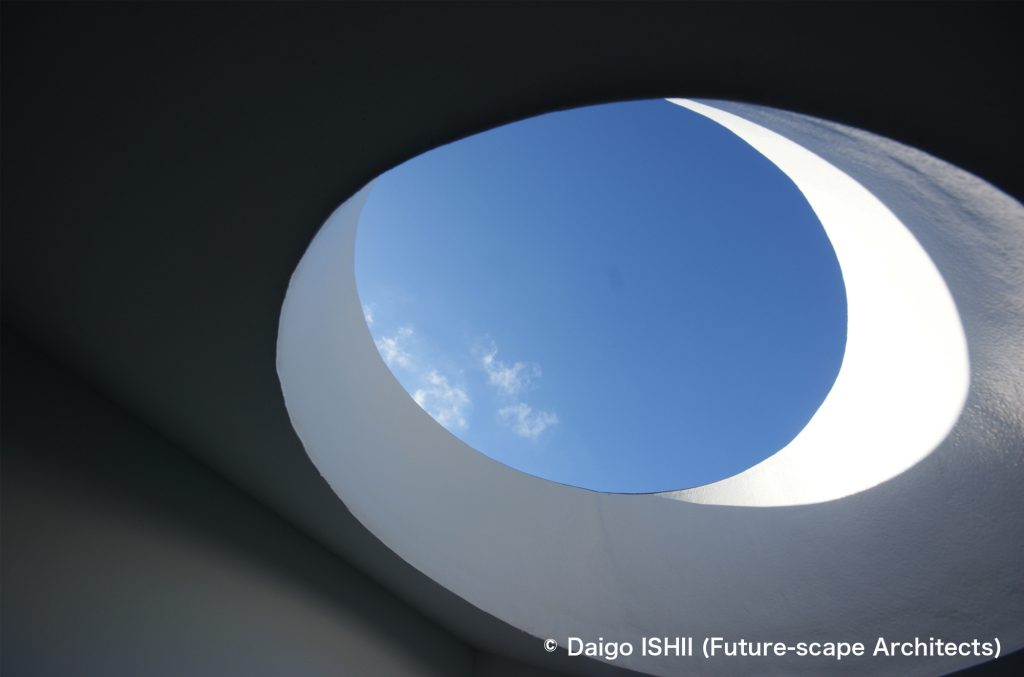
Click here for your impressions
reference
"伊吹島の民俗 : 香川県観音寺市伊吹町 : 特集号"(香川民俗学会,1991)
伊吹島民俗資料館
Please do not use or upload our photos without permission.




